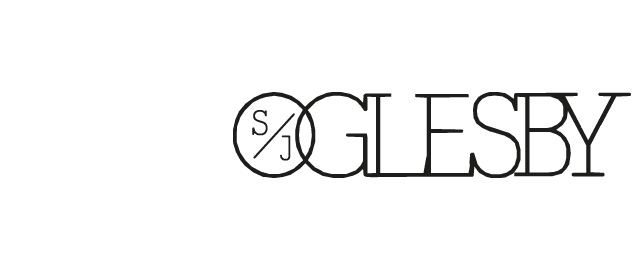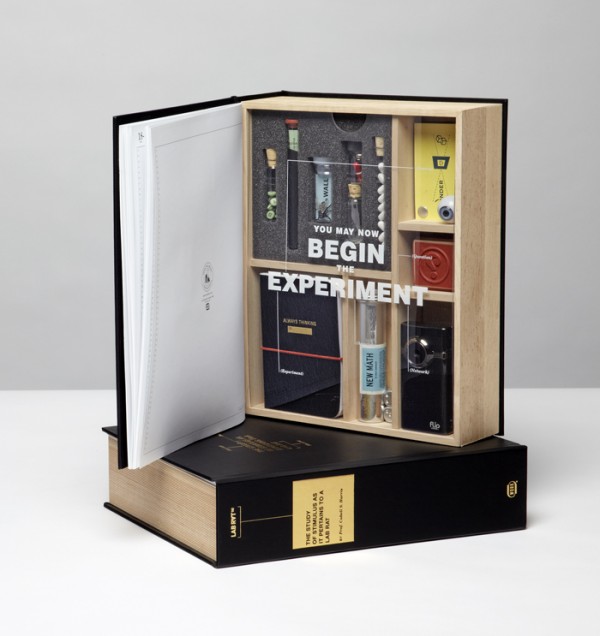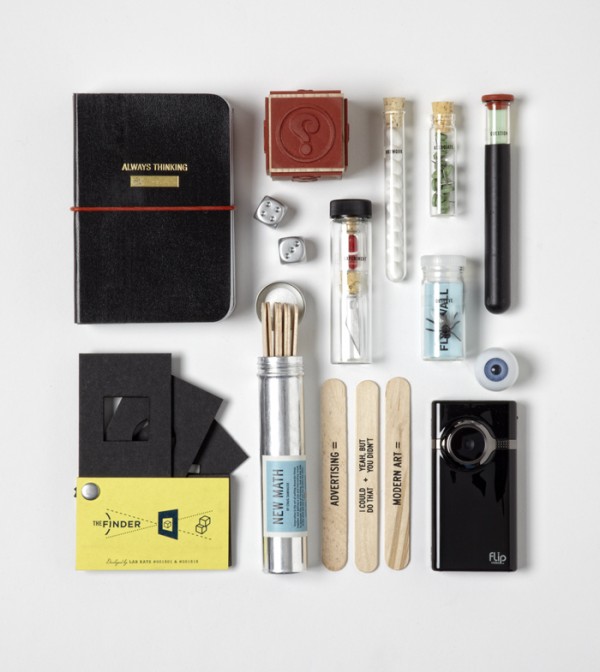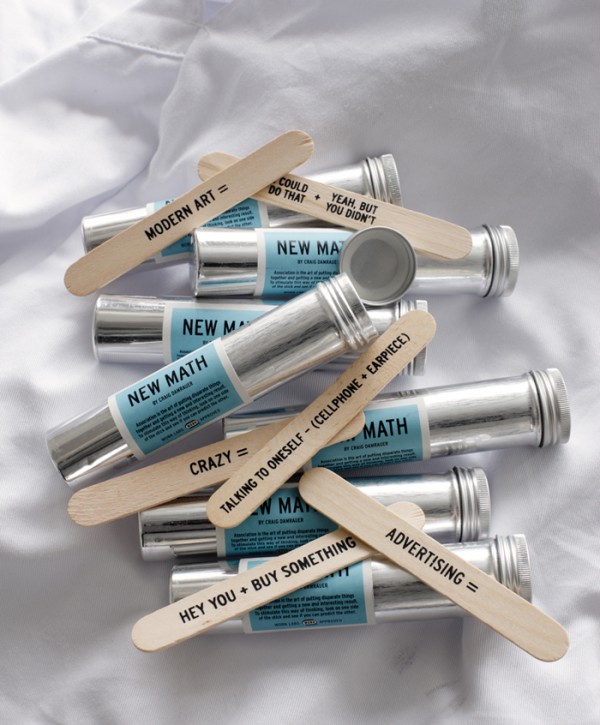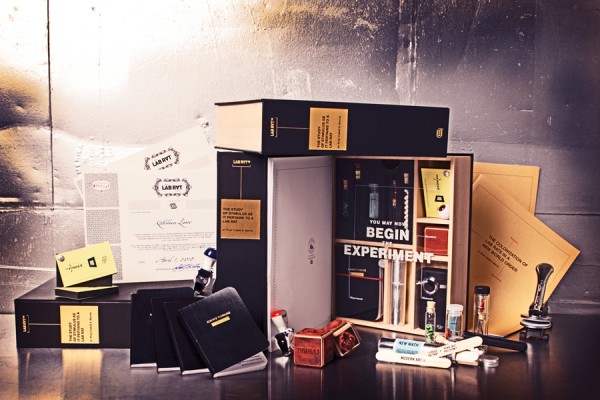
The History Tag
Our love for our things – our pens, shoes, cameras, our books, our music, our jeans – usually has something to do with the stories that we attach to them. Sometimes the stories are our own, sometimes other people’s.
The places we go. The people we meet. The ideas we have. The companies we start. The tender moments. The excitement we feel. The failures. The successes. And, all the moments that fall in between these times.
But those memories are subject to one threat: It’s called “Time Passing”. And with time passing those important memories fade. Even the unforgettable brilliant ones. That’s what makes our memories oh so fragile.
That got us at Hiut Denim to thinking…
On the one hand, we have the Luddite desire to make something well, to make something to last. And on the other hand, we have the geeky side of us that understands the power of the internet to tell stories.
For us, it’s like two roads coming together. And where they meet, is a really interesting place. And, as a company that’s where we want to be. At the crossroads between Luddite and Geek.
That’s why Hiut Denim will be the first jean company in the world to have a History Tag.
This is crazy good.
After all if we make a pair of great jeans that last, so should the memories that are made in them.
So, how does it work?
It’s super simple. Each jean will come with a unique number. Your unique number. You go to the HistoryTag website and register. That’s it.
Then you can upload pictures of where you went, what you did, who you did it with…to the HistoryTag website.
So those memories get saved. Not a big deal right now. But when you look back, it will become a big deal.
And yes, the History Tag is a bit like a blank iPod, but as you add more and more music it becomes more and more interesting. Or in our case, the more memories you add to it, the more fascinating it becomes.
So if in the future, your jeans get handed down, or end up in a second hand jeans shop, their memories will go along with them.
Your memories won’t be forgotten which we think is good. A good marriage between Luddite and Geek.
And that’s the genius of the history tag. And that’s the genius of making a product to last. It will give our objects more meaning. It will mean we throw things away less. Because it attaches the stories to the objects that we love.
At Hiut, we want to have ideas that no one has had. We are not here to make up the numbers. We don’t want to play small just because we have started out small.
We want to change the denim industry.
We want to be history makers as well as jean makers.
Our town is going to make jeans again
Cardigan is a small town of 4,000 good people. 400 of them used to make jeans. They made 35,000 pairs a week. For three decades.
Then one day the factory closed. It left town. But all that skill and knowhow remained. Without any way of showing the world what they could do.
That’s why we have started The Hiut Denim Company. To bring manufacturing back home. To use all that skill on our doorstep. And to breathe new life into our town.
As one of the Grand Masters said to me when I was interviewing: “This is what I know how to do. This is what I do best.” I just sat there thinking I have to make this work.
So yes, our town is going to make jeans again.
Here goes.
Do one thing well
We make jeans. That’s it. Nothing else. No distractions. Nothing to steal our focus. No kidding ourselves that we can be good at everything. No trying to conquer the whole world. We just do our best to conquer our bit of it. So each day we come in and make the best jeans we know how. Use the best quality denims. Cut them with an expert eye. And then let our ‘Grand Masters’ behind the sewing machines do the rest.
There is a great deal of satisfaction to be gained from making something well, of such superior quality that you know it is going to stand the test of time. It makes the hard work and the obsessing over each and every detail worth all the effort. That’s our reward. That’s why we stick to just making jeans. Yup, we just make jeans. That’s all folks.
